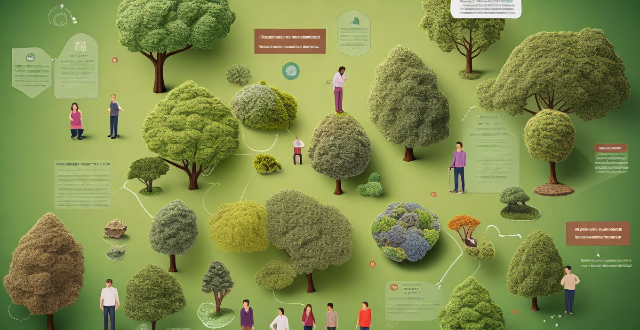Disaster risk management (DRM) is a comprehensive approach aimed at reducing the impact of natural and human-made disasters on communities. It involves understanding, assessing, and reducing risks through prevention, preparedness, response, and recovery strategies. The goal is to ensure that people's lives and livelihoods are not compromised by disaster events. Key components include risk assessment, hazard mitigation, early warning systems, emergency planning, community education, immediate action, coordination, rehabilitation, reconstruction, and sustainable development. Best practices involve multi-stakeholder collaboration, gender sensitivity, use of technology, inclusive planning, and regular review and updating. Challenges include limited resources, political will, information gaps, and cultural differences. Effective DRM requires a multifaceted approach that considers social, economic, and environmental factors.

Introduction to Disaster Risk Management
Disaster risk management (DRM) is a comprehensive approach aimed at reducing the impact of natural and human-made disasters on communities and their development. It involves systematic efforts to understand, assess, and reduce the risks associated with potential disasters through prevention, preparedness, response, and recovery strategies. The ultimate goal of DRM is to ensure that people's lives and livelihoods are not compromised by disaster events.
Key Components of Disaster Risk Management
Prevention
- Risk Assessment: Identifying potential hazards and evaluating the vulnerability of exposed communities.
- Hazard Mitigation: Reducing the probability of a hazard occurring or lessening its potential severity.
Preparedness
- Early Warning Systems: Developing systems to alert populations before a disaster strikes.
- Emergency Planning: Designing plans for effective response and coordination during emergencies.
- Community Education and Training: Informing and training individuals and communities about disaster risks and response measures.
Response
- Immediate Action: Providing rapid relief and support in the aftermath of a disaster.
- Coordination: Ensuring that all relevant organizations and actors work together effectively.
Recovery
- Rehabilitation: Restoring infrastructure and services to their normal state.
- Reconstruction: Building back better by improving resilience against future disasters.
Sustainable Development
- Integrating Risk Reduction into Development: Ensuring that risk reduction measures are part of broader developmental activities.
Best Practices in Disaster Risk Management
1. Multi-stakeholder collaboration: Engaging government, private sector, civil society, and communities in the process.
2. Gender sensitivity: Ensuring that the specific needs of different genders are addressed in all phases of DRM.
3. Use of technology: Leveraging modern technologies like satellite imaging, GIS, and mobile applications for improved decision-making.
4. Inclusive planning: Ensuring that vulnerable groups such as children, the elderly, and persons with disabilities are included in planning and response efforts.
5. Regular review and updating: Continuously updating risk assessments and emergency plans based on new data and experiences.
Challenges in Disaster Risk Management
- Limited resources: Many at-risk communities lack the financial and technical resources needed for effective DRM.
- Political will: Ensuring that governments prioritize risk management over other competing interests.
- Information gaps: Gathering accurate and timely information can be challenging, especially in remote or underdeveloped areas.
- Cultural differences: Varying beliefs and practices among different cultures can affect how risks are perceived and managed.
Conclusion
Effective disaster risk management requires a multifaceted approach that considers social, economic, and environmental factors. By integrating prevention, preparedness, response, and recovery measures into a cohesive strategy, communities can build resilience against disasters and minimize their adverse effects. Continuous learning from past experiences and adapting to new challenges are crucial for the success of any DRM program.